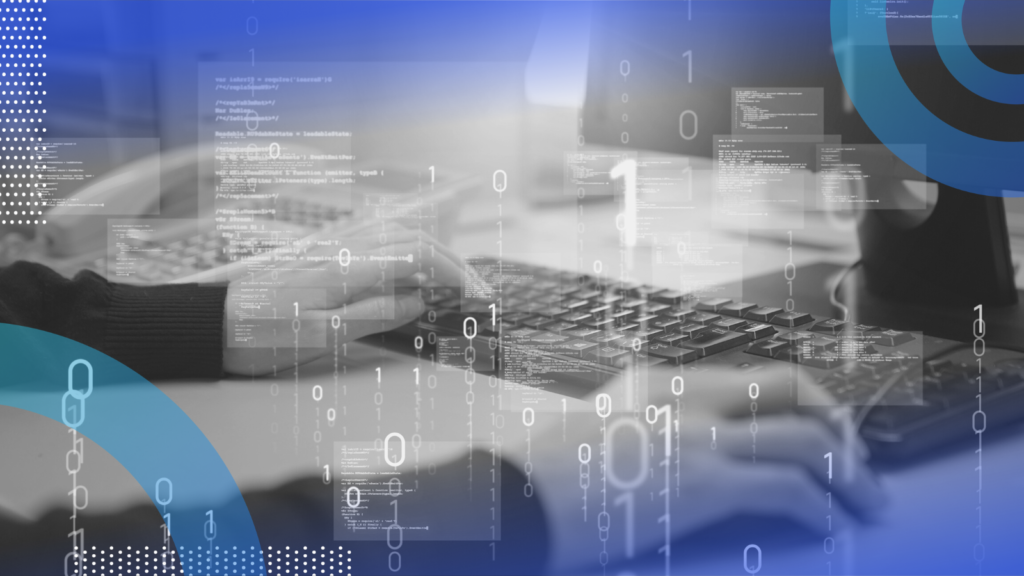Binary, in the realm of computing, is a base-2 number system that represents numeric values using two symbols: 0 and 1. This system underpins the functionality of modern computers and digital devices. While most of us are familiar with the base-10 (decimal) system, which uses ten digits (0-9), binary only uses two digits, making it the simplest and most efficient system for machines to process.
Understanding the Binary System
In binary, each digit is known as a bit (short for binary digit), and the position of each bit represents an increasing power of 2. Just as in the decimal system, where the rightmost digit represents units (10^0), the next represents tens (10^1), and so on, binary does the same with powers of 2.
For example, the binary number 1011 can be broken down as:
- 1 × 2^3 = 8
- 0 × 2^2 = 0
- 1 × 2^1 = 2
- 1 × 2^0 = 1
Adding these together gives: 8 + 0 + 2 + 1 = 11 in decimal.
Why Do Computers Use Binary?
Computers use binary because it aligns perfectly with their physical design. Inside a computer, data is processed using tiny electrical circuits that can only be in one of two states: on or off. These two states are easily represented by binary digits: 1 (on) and 0 (off). By combining these binary states in various ways, computers can perform complex calculations and store large amounts of data.
Additionally, using binary reduces the risk of errors in electrical circuits, as the system only needs to differentiate between two distinct states. This simplicity increases reliability and speed in computing processes.
Binary in Everyday Use
Even if you’re not directly aware of it, binary is used in countless everyday technologies. Here are some areas where binary plays a crucial role:
- Data Storage: Files such as documents, images, and videos are stored in binary. Each file is translated into a long series of 0s and 1s, which the computer interprets.
- Networking: Internet protocols and data packets are based on binary communication. Every piece of data sent across the internet is encoded in binary before being decoded by the receiving device.
- Programming: Low-level machine code, which the processor understands, is in binary. High-level programming languages are eventually compiled into binary so the computer can execute them.
- Graphics and Audio: The pixels on your screen and the sounds you hear from your speakers are represented in binary as well, converted from analog inputs into digital formats that computers can handle.
Converting Between Decimal and Binary
While computers use binary, humans find it easier to understand and use the decimal system. Thankfully, converting between the two is straightforward.
To convert a decimal number to binary:
- Divide the decimal number by 2.
- Record the remainder (it will be either 0 or 1).
- Continue dividing the quotient by 2 until you reach a quotient of 0.
- The binary number is the remainders read from bottom to top.
For example, to convert the decimal number 13 to binary:
- 13 ÷ 2 = 6 remainder 1
- 6 ÷ 2 = 3 remainder 0
- 3 ÷ 2 = 1 remainder 1
- 1 ÷ 2 = 0 remainder 1
So, 13 in decimal is 1101 in binary.
Types of Binary Codes
Binary isn’t just used for numbers—there are various types of binary codes that serve different purposes in computing. Some of the most common include:
- ASCII (American Standard Code for Information Interchange): A character encoding standard that represents text in computers using binary.
- BCD (Binary-Coded Decimal): A system where each decimal digit is represented by its own binary sequence.
- Gray Code: A binary system where two successive values differ in only one bit, used in some electronics for error minimization.
Binary Arithmetic
Binary arithmetic works similarly to decimal arithmetic, but since binary only uses 0s and 1s, the operations are simpler:
- Addition: Just like in decimal, you carry over when the sum exceeds the base (in this case, 2). For example:
- 1 + 1 = 10 (binary for 2)
- 101 + 110 = 1011
- Subtraction: Borrowing occurs when subtracting, similar to decimal subtraction.
- Multiplication: The process is straightforward since you’re only multiplying by 0 or 1.
- Division: Follows the same logic as long division in the decimal system.
Conclusion
Binary is the foundation of modern computing, enabling everything from data storage to complex processing. Its simplicity and efficiency make it the perfect system for computers, even if it’s not as intuitive for humans to use daily. Whether you realize it or not, binary is present in nearly every aspect of the digital technology you use.
If you’re interested in learning more about the core technologies behind computers and digital systems, feel free to explore our in-depth resources on TechsterTech.com, where we offer insights and services in web development, digital marketing, and more.



